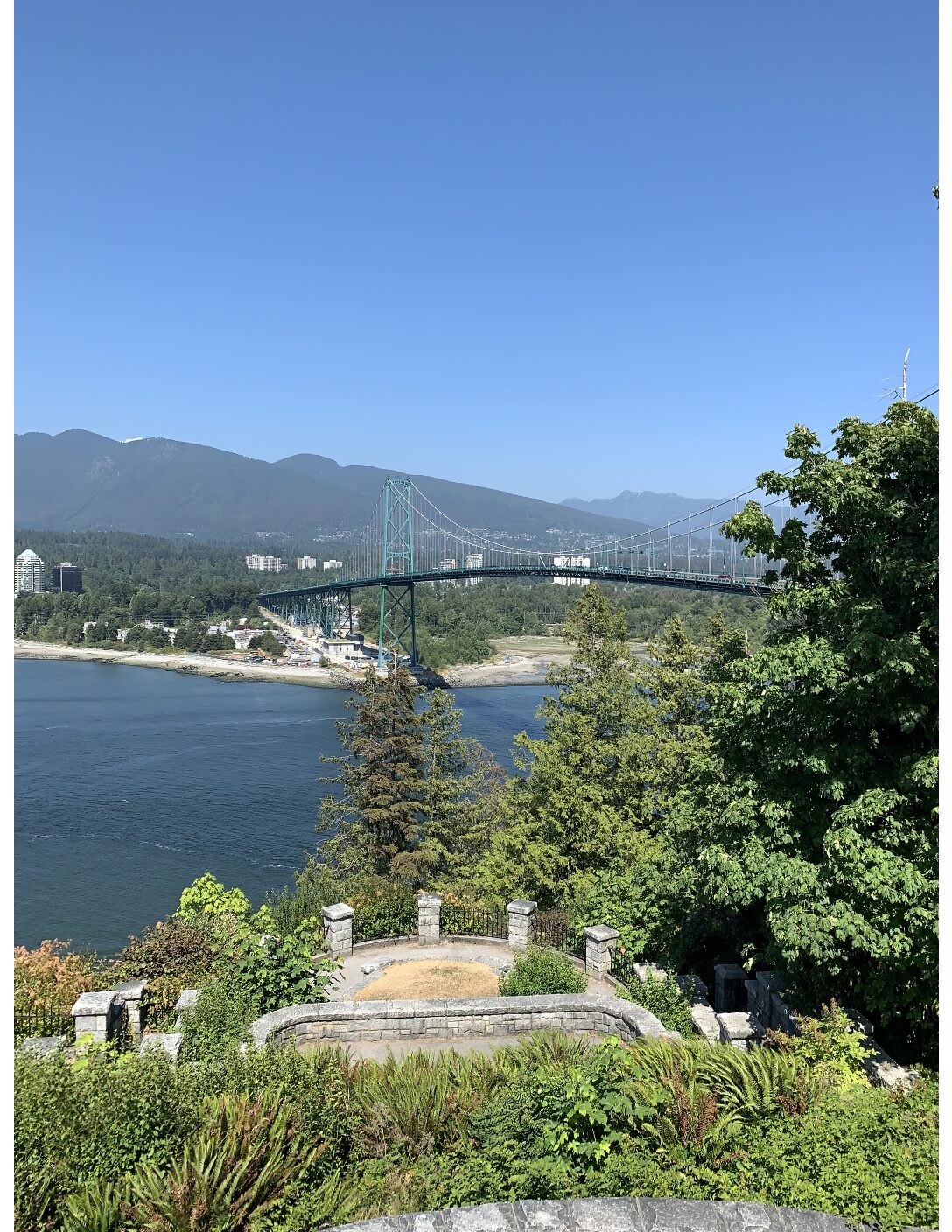In the 1920’s Vancouver residents were adamant that building a bridge across the Burrard Inlet would negatively impact Stanley Park. It was a topic that garnered much attention and was widely covered by the press. Vancouverites were even asked to vote on the building of a bridge in a plebiscite vote in 1927. Vancouverites defeated the plebiscite vote although this would not end discussions about building a bridge across the Burrard Inlet.
The Guinness Family
Eventually, a local architect convinced the wealthy Guinness family in England to provide the financial resources to build the Lions Gate Bridge. Doing so, he argued, would provide jobs during the depression when Vancouverites were desperate for work. The building of this bridge too, he opined, would provide a fast way for folks to get to the residential suburbs of West Vancouver. Today these suburbs are known as the British Properties. The Guinness Family owned much of this residential land and developed it into suburban housing as part of their global financial empire.
The Opening of the Lions Gate Bridge
Officially opened on May 29, 1939, the Lions Gate Bridge spans the Burrard Inlet’s “First Narrows” and connects Vancouver’s North Shore to Stanley Park and Vancouver City Centre.
It’s a Suspension Bridge
The Lions Gate Bridge is a suspension bridge. This means that this bridge is suspended from cables securely anchored on towers at both ends. The Lions Gate Bridge is 473 metres in length and is one of the longest Canadian bridges. The Lions Gate Bridge was named for the iconic North Shore Mountain peaks that can be seen from Vancouver, Stanely Park, and the bridge itself.
Opening to Present Day
In 1986 the Guinness family gifted the bridge to the City of Vancouver during Expo 86. Originally, the Lions Gate Bridge had only two lanes but was later expanded to three lanes to accommodate traffic and population growth.
Elaine Allan, BA, MBA
Technology and Business Blogger
Vancouver, BC, Canada
